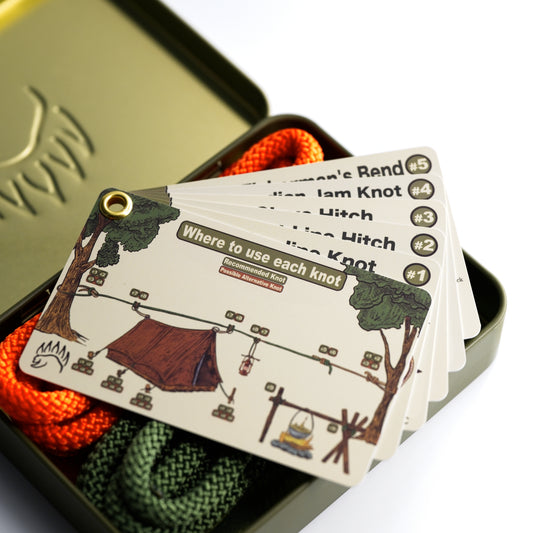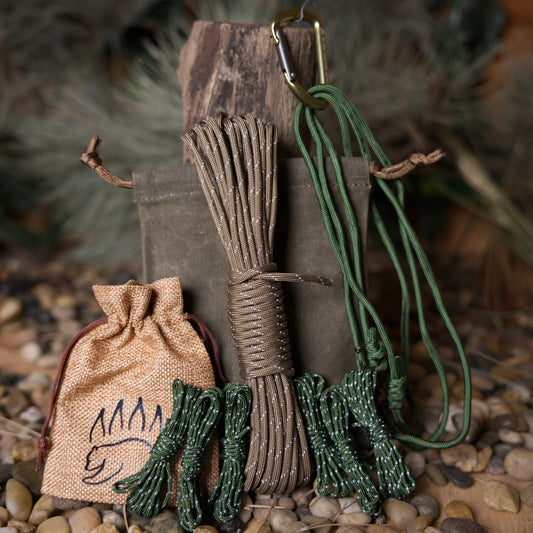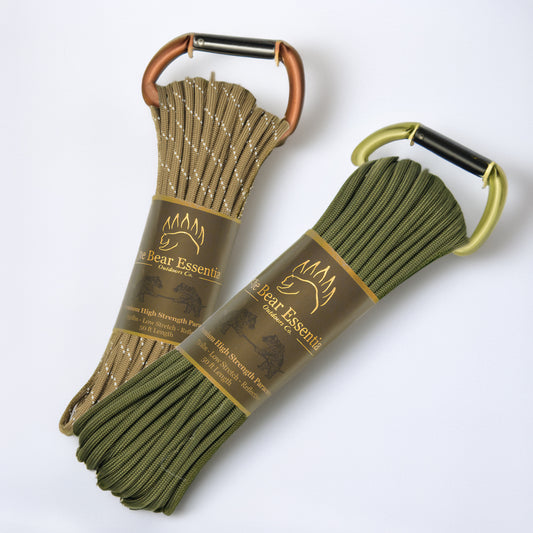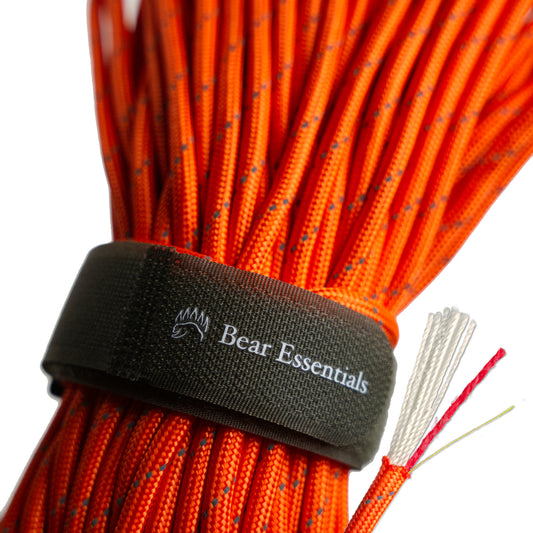How to Tie the Water Bowline
Usage
The Water Bowline creates a secure loop designed to perform reliably in wet and slippery conditions, making it ideal for towing, mooring, or rescue work in marine environments.
Why Learn the Water Bowline?
Its enhanced security and resistance to jamming under load make the Water Bowline a vital knot for scenarios where traditional Bowlines might fail. It’s an essential skill for boaters, climbers, and rescue professionals.
Common Uses
- Boating and Marine Work: Securing tenders or mooring lines in wet conditions.
- Rescue Operations: Tying secure loops for hoisting people or equipment.
- Climbing and Arborist Tasks: Providing stable loops for attaching gear or support lines.
ABOK Number
(Ashley Book of Knots)
Other Names
TypeAnchor/End Loop Knots
|
Notable Features
- Enhanced Security: Incorporates a Clove Hitch for added stability.
- Non-Jamming: Easy to untie even after being heavily loaded.
- Wet Condition Reliability: Performs well in slippery, wet environments.
Variations
Bowline vs. Water Bowline
- Pros: Simpler to tie and quicker to execute.
- Cons: Less secure in wet or dynamic conditions.
Double Bowline vs. Water Bowline
- Pros: Creates a larger, more stable loop.
- Cons: Slightly bulkier and more complex to tie.
Similar Knots
Bowline vs. Water Bowline
- Pros: Simple and versatile.
- Cons: Can slip in wet or dynamic conditions.
Double Bowline vs. Water Bowline
- Pros: Provides additional stability with two loops.
- Cons: More complex to tie than the Water Bowline.
Clove Hitch vs. Water Bowline
- Pros: Provides strong grip for securing ropes.
- Cons: Not a loop knot by itself.
History
The Water Bowline is documented in Ashley’s Book of Knots (ABOK #1012) as an improved variation of the Bowline, designed for towing through water. Its added half-hitch increases stability, making it particularly effective in marine and wet conditions.
Security Level
The Water Bowline is highly secure, with increased friction from its Clove Hitch structure ensuring reliability even in challenging conditions. It resists slipping and jamming better than a traditional Bowline.
Downsides
- Takes Longer to Tie: Slightly more time-consuming compared to a standard Bowline.
- Harder to Untie: May be more difficult to untie if improperly dressed.
Structure
- Form a Clove Hitch on the standing part of the rope.
- Pass the working end through the Clove Hitch.
- Wrap the working end around the standing part.
- Thread the working end back through the Clove Hitch.
- Tighten by pulling on the standing part and the loop.
FAQ
What is the Water Bowline used for?
It’s used for securing loops in wet or dynamic conditions, such as towing or mooring.
How does it compare to a regular Bowline?
The Water Bowline is more secure and less likely to slip or shake loose.
Can it be untied easily after being loaded?
Yes, it remains non-jamming and easy to untie if properly dressed.
Is it suitable for climbing?
Yes, it provides a stable loop for attaching gear or lines.
Important Notes on Safety
Always ensure the Water Bowline is correctly tied and tightened before use. Regularly inspect the knot, especially in high-stakes applications like rescue or mooring in turbulent conditions.









